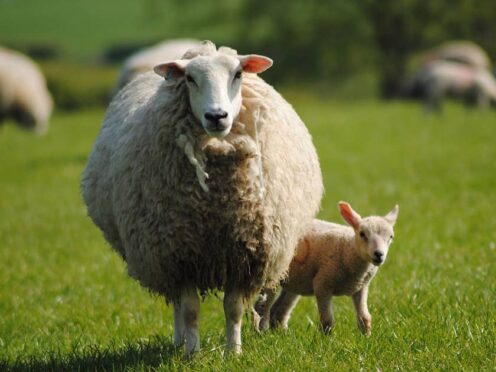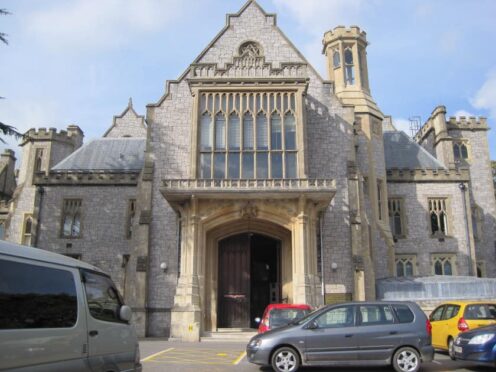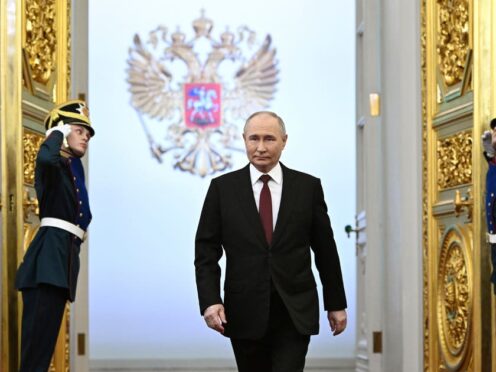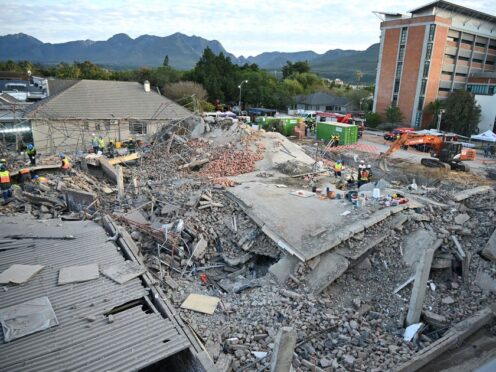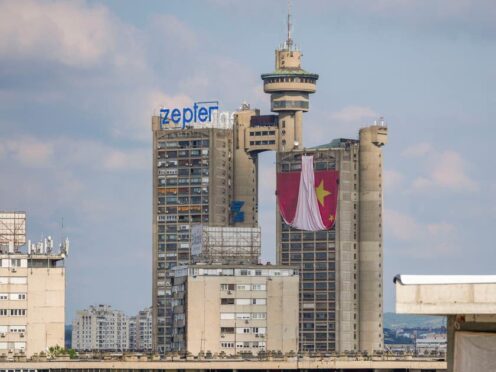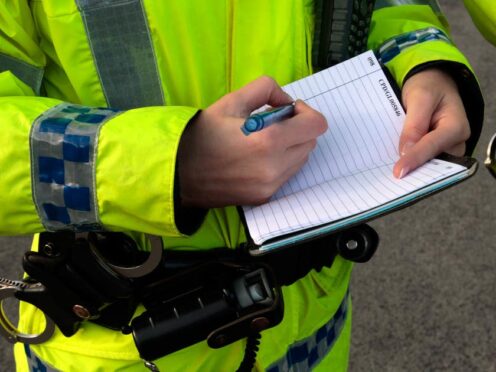House sales across Aberdeen and Aberdeenshire are on the up for the first time in three years as the region emerges from the oil slump.
Exclusive new figures show house sales across the region have risen by nearly 7% in the first 10 weeks of the year – with £2.7million worth of property being sold every day.
More than 1,000 homes, worth a total of £204million, have changed hands in the first 75 days of 2017.
That figure is up from 940 last year, according to the data from the ASPC – signifying the first growth the market has shown since the oil crisis struck.
Last night, the north-east’s largest solicitor estate agent, Aberdein Considine, confirmed the market had been showing signs of recovery since the beginning of the year.
The firm’s senior property partner Bob Fraser said the spring market was “noticeably busier”.
“While we are still nowhere near the levels we saw immediately prior to 2015, the market is certainly picking up,” he said.
“We are seeing quick sales and, perhaps more importantly, competition for properties, which has even led to some closing dates being set in recent weeks.”
Mr Fraser said properties were now selling more quickly, and that in some areas, such as Westhill, the average time from “on the market” to “under offer” had fallen to just 15 days.
He added: “New stock is now urgently required in the town, a position we haven’t been in since the oil crisis began.”
However, despite the rise in sales, average prices in the region are still falling.
The average price achieved on the 1,002 sales between January 1 and March 16 this year was £203,725, compared to £207,017 for the same period in 2016.
Mr Fraser, who has been involved in the north-east property market for more than 30 years, said: “New stock coming on the market which is correctly priced is selling quickly.
“However, there is still some work to do with the older stock on the market, which needs be priced to reflect where the market now is.
Things also remain difficult at the top end of the market, he said, which was hit by the “double whammy” of the oil slump and the new, higher rates of Land and Building Transaction Tax (LBTT).
Mr Fraser said the higher tax was making it more difficult to sell at the top end of the market across the country and urged action from the Scottish Government over the matter.
He said: “This is something I think the Scottish Government needs to have a thorough look at, because by slowing activity at the top end of the market, they are more likely to see less revenue than more, despite the tax levels increasing.”
A Scottish Government spokesman: “Our priority for LBTT remains helping first-time buyers enter the property market and assisting people as they progress through the market.
“We will continue to monitor all parts of the market closely.
“Official data from Registers of Scotland and Revenue Scotland show the sales in the market above £325,000 are not performing any differently, relative to the rest of the market.
“Earlier this month, Savills’ own report on the Scottish property market highlighted that sales above £1 million were outperforming the market prior to the introduction of LBTT.”

